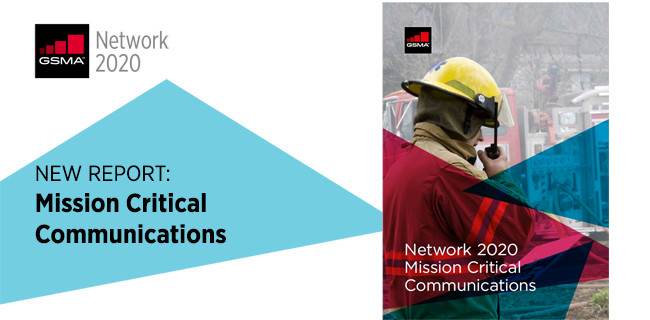 |
By Michele Zarri, Technical Director, GSMA |
The next step in mission critical communications
One of the most crucial yet understated roles of mobile networks lies in their ability to provide ‘mission critical’ communications. Typically used by ‘blue light’ emergency and disaster response services, these communications relay vital information when life is at risk, and as such, their reliability, availability and clarity are essential to everyday operations.
While existing network systems used by public safety agencies for mission critical communications are functional, there is growing speculation that LTE networks could (and should) be used to substantially improve mission critical communication. Having gathered considerable momentum in recent years, LTE networks have been launched by 580 operators in 189 countries, reaching 60% of the world’s population.
Commercial deployments have demonstrated that LTE offers a number of advantages for mission critical communications. Spectral efficiency and data throughput are both significantly improved by LTE networks, while their ability to be used anywhere on the globe and across borders simplifies work for OEMs and thus makes it far easier achieve economies of scale. Additionally, the use of LTE networks eliminates existing interconnectivity issues between different types of Land Mobile Radio (LMR) networks, and as a result, provides sustainable basis for a variety of public service and commercial services.
With this in mind, the GSMA’s N2020 programme has published ‘Mission Critical Communications’, a paper that investigates the substantial advantages for public safety agencies of using LTE networks with its reliability and sophisticated functionality to fulfil their communications needs. As well as outlining the various deployment models options and deployment challenges, and is thus a useful tool for any operator or organisation seeking to enhance public safety and disaster response.
The paper reveals two new fundamental upgrades to mission critical communications afforded by LTE’s ‘broadcasting’ functionality. Firstly, push messages are now more reliable and sophisticated. They can for example now support the use of video content – a feature which has the potential to greatly enhance operation control and remote monitoring for emergency services. Secondly, broadcasting enables the delivery of public warnings instantly to large amounts of people – a vital improvement to crisis management, particularly to countries and regions which are subject to natural disasters.
As commercial LTE advances, public bodies will increasingly be exposed to the new and many ways in which this technology can be used to evolve mission critical communications. With over 30 countries around the world having started either assessment, planning, or deployment of Mission Critical and business critical services, the trend towards vastly improved mission critical communications is well underway.
Read more and download the paper, click here.

